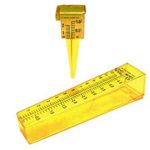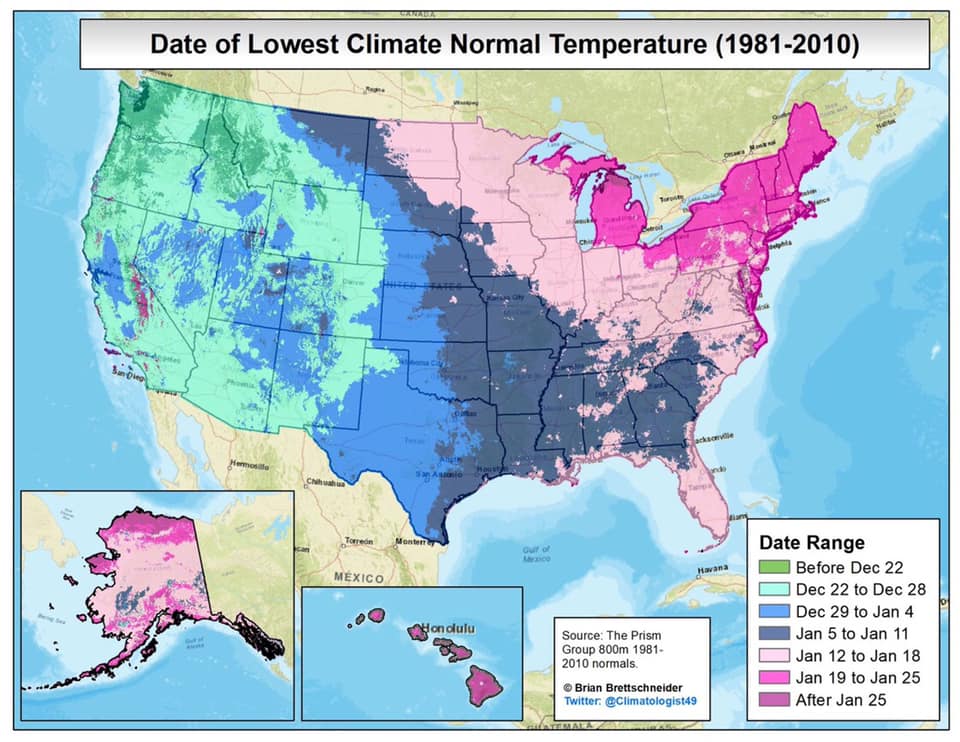Record November heat wave in the Ohio valley

Warm weather is one thing but multiple days of record shattering highs is another. Heat in November is much cooler than heat in July, but it is heat nonetheless. A new monthly high temperature record of 80°F has been set at Dayton for the month of November. This breaks the previous record of 79°F most recently set on November 1st, 2016. Sunday’s high was also 80°F at my Cheviot, OH 3W location.


Record highs were set at CVG and tied at CMH today. DAY was so close — but the old record of 79 held on by one degree. Record high temperatures will continue to be in jeopardy on Tuesday. My Cheviot, OH 3W location rose to 81°F Monday.
Near record high minimum temperatures are in the forecast Monday night and near record highs are in the forecast Tuesday before somewhat cooler, but still above normal, weather moves in for the balance of the week.
All this warmth is drying out the upper layers of soil. Good soil moisture remains but some watering may be necessary, especially of new trees and shrubs.
Please remember to water…correctly!
Water once per week, one inch per week, under the entire branch spread, in the absence of rain, May through November. Either rainfall or your watering should equal the one inch per week. Put out a sprinkler and a straight sided soup can or rain gauge and measure one inch per week.
To the extent possible recycle falling leaves back into the soil around the trees and maintain mulch around the trees to a radius of at least 3-5 feet. Keep mulch off trunks. Use a coarse textured mulch. Avoid triple shredded mulch.
Drought: >>>
>>>
1-inch capacity rain gauge >>>
Taylor rain gauge >>>
Watering: How and when>>>
Watering Trees and Shrubs>>>
Soil Moisture Condition Monitoring Weekly Report: Mildly Wet. Wide areas of drought in the western US. Drought has eased in much of the midwest. Drought remains in parts of New England.
The latest drought monitor shows wide areas of drought in the western US. Drought has eased in much of the midwest. Drought remains in parts of New England.

–
 –
–
This report is specifically for the Arbor Doctor’s location 3.4 miles west of Cheviot, OH, in the western suburbs of Cincinnati in southwest Ohio. This location is also an official cooperative observation site for the National Weather Service listed as Cheviot 3W.
What is the Condition Monitoring Report? See these links for more information:
Explanation of scale bar>>>



Search condition monitoring reports for the entire US>>> 

Please remember to water…correctly!
Water once per week, one inch per week, under the entire branch spread, in the absence of rain, May through November. Either rainfall or your watering should equal the one inch per week. Put out a sprinkler and a straight sided soup can or rain gauge and measure one inch per week.
To the extent possible recycle falling leaves back into the soil around the trees and maintain mulch around the trees to a radius of at least 3-5 feet. Keep mulch off trunks. Use a coarse textured mulch. Avoid triple shredded mulch.
Drought: >>>
>>>
1-inch capacity rain gauge >>>
Taylor rain gauge >>>
Watering: How and when>>>
Watering Trees and Shrubs>>>
Soil Moisture Index:

Meteorological Versus Astronomical Seasons
Spring: March 1-May 31; Summer: June 1-August 31; Fall: September 1-November 30; Winter: December 1-February 28 (29)

You may have noticed that Arbor Doctor, meteorologists and climatologists define seasons differently from “regular” or astronomical spring, summer, fall, and winter. So, why do meteorological and astronomical seasons begin and end at different times? Climatologically, the period July 14-21, the mid-point of meteorological summer, is the hottest week of the year and the period January 14-21, the mid-point of meteorological winter, is the coldest week of the year over much of the continental US including the Ohio valley.

–

Nearly half the country has had its coldest day by the first day of calendar winter. That is why meteorological winter makes the most sense.


